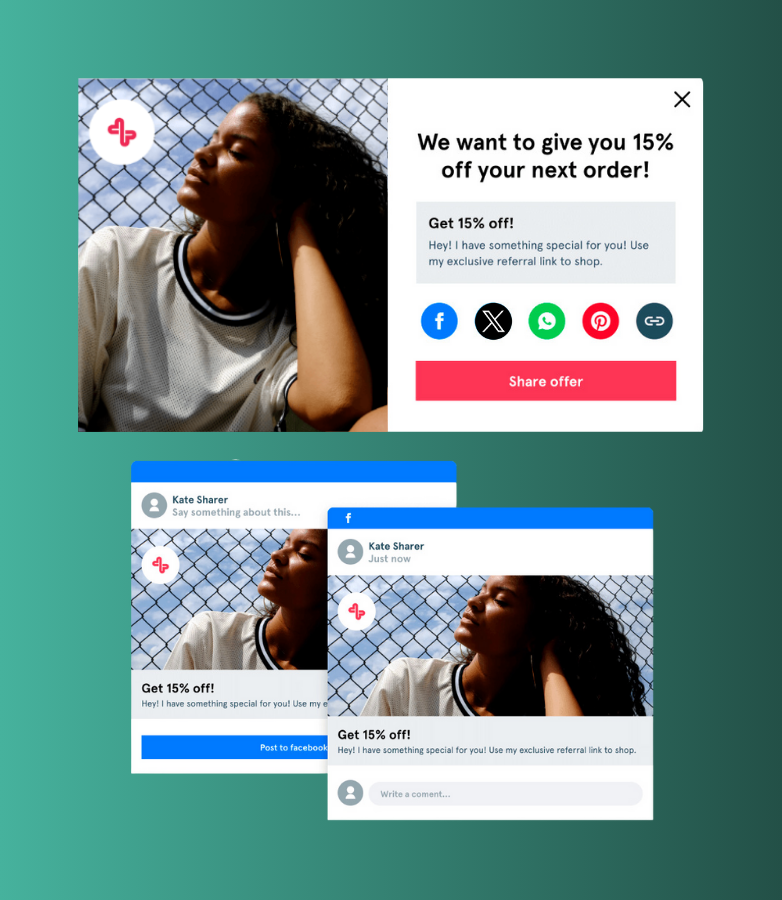The digital marketing landscape is changing fast. Privacy laws are tightening, third-party cookies are disappearing, and brands are rethinking how they collect and use customer data. In this new environment, growth depends on what you own, not what you rent from platforms.
That’s why more forward-thinking marketers are building strategies around first-party data. And one of the most powerful, often overlooked, sources of that data is referrals.
Referral Marketing doesn’t just drive new customers; it also generates rich, trust-based, first-party data that can power smarter CRM segmentation, improve paid media efficiency, and enhance customer lifetime value modelling.
This is first-party advocacy, using the data created through authentic, human sharing to fuel growth.
Why First-Party Data Matters More Than Ever
For years, marketers relied on cookies, tracking pixels, and third-party data brokers to target, retarget, and measure customers. That system is now behind the curve.
Google’s plan to deprecate third-party cookies, combined with stricter privacy regulations like GDPR and CCPA, means brands must build direct, transparent relationships with customers to collect and use their data responsibly.
According to Deloitte, 61% of high-growth brands are already shifting toward first-party data strategies as a competitive advantage. First-party data is cleaner, consent-based, and more predictive of future behaviour.
Referrals fit perfectly into that picture. Every share, click, and conversion in a referral journey happens through a trusted interaction between a brand and its customer, and every step produces high-quality, permission-based data.
Referrals: The Overlooked Source of First-Party Data
When customers refer friends, they’re not just spreading awareness. They’re creating a data-rich footprint that offers insight into advocacy, intent, and influence- information you can’t get from ad impressions or anonymous cookies.
Here’s what makes referral data so valuable:
- Identity-based: Every referral involves known customers sharing with known peers. You gain real names, emails, and verified social activity rather than anonymised IDs.
- Contextual: You see who shared, what they shared, and where. This data reveals channel preference (WhatsApp, Instagram, Copy-Link, etc.) and social behaviour patterns.
- Behavioural: Referral activity signals trust and satisfaction. It shows which products inspire sharing and which customers are most likely to promote your brand again.
- Consent-driven: Unlike cookies, referral data comes with customer permission. Advocates willingly share because they’re rewarded for doing so.
That makes referral data the perfect foundation for long-term, privacy-safe marketing growth.
Turning Referral Data Into Strategy
1. CRM Segmentation and Personalisation
Referral data can transform how brands segment and nurture customers. By tracking advocates’ behaviour- who shares, how often, and through which channels you can identify high-value segments that deserve more personalised attention.
For example:
- Reward top referrers with exclusive offers or early access to collections.
- Create “lookalike” audiences within your CRM to find similar customers.
- Use referral engagement data to tailor your messaging- loyal sharers might receive community-based content, while new referrers might get onboarding support.
These insights make CRM campaigns more human, more relevant, and more profitable.
2. Smarter Paid Media Targeting
Referral data also strengthens paid media performance by providing more reliable audience signals.
When you know who your best referrers are and what channels they use, you can export that data to ad platforms to create high-intent custom or lookalike audiences. These audiences outperform standard interest-based targeting because they’re built on real behaviour, not predicted interest.
Soreto clients that connect referral and paid data consistently see improved ad efficiency, lower cost per acquisition (CPA) and higher return on ad spend (ROAS) because the input data is cleaner and audience intent is stronger.
3. Lifetime Value Modelling and Predictive Insight
Referral data helps brands move beyond basic conversion metrics toward lifetime value (LTV) insights.
Customers acquired through referrals are typically more loyal and more profitable. Studies show referred customers have a 37% higher retention rate and are 4x morelikely to refer others. Tracking these customers over time allows brands to model long-term value more accurately.
By integrating referral data into your LTV models, you can:
- Forecast the compounding effect of advocacy on revenue growth.
- Identify early signals of high-value customers.
- Attribute more value to referral-sourced acquisition compared to other channels.
This data-driven approach moves referrals from “a nice extra” to a key input in financial planning and forecasting.
How Soreto Helps Brands Build First-Party Advocacy
At Soreto, we make it easy for brands to collect, understand, and activate referral data. Our platform captures every referral interaction, from initial share to conversion and connects that information back into CRM and analytics systems.
That gives brands a full picture of how advocacy influences acquisition, retention, and revenue. It also ensures that every referral becomes an actionable data point that can power smarter marketing decisions across channels.
Whether it’s optimising creative, refining incentives, or building predictive models, referral data adds depth and intelligence to your marketing ecosystem.
Final Thought
In a world where data privacy is tightening and ad performance is volatile; the future belongs to brands that own their growth engines.
First-party advocacy is the answer. It combines the authenticity of human recommendation with the precision of first-party data, creating a channel that is both privacy-safe and performance-driven.
Referrals don’t just bring new customers they bring better insight, deeper relationships, and long-term growth.
Want to see how referral data can power your CRM and paid strategy? Book a demo with Soreto here to learn how first-party advocacy can future-proof your growth.






